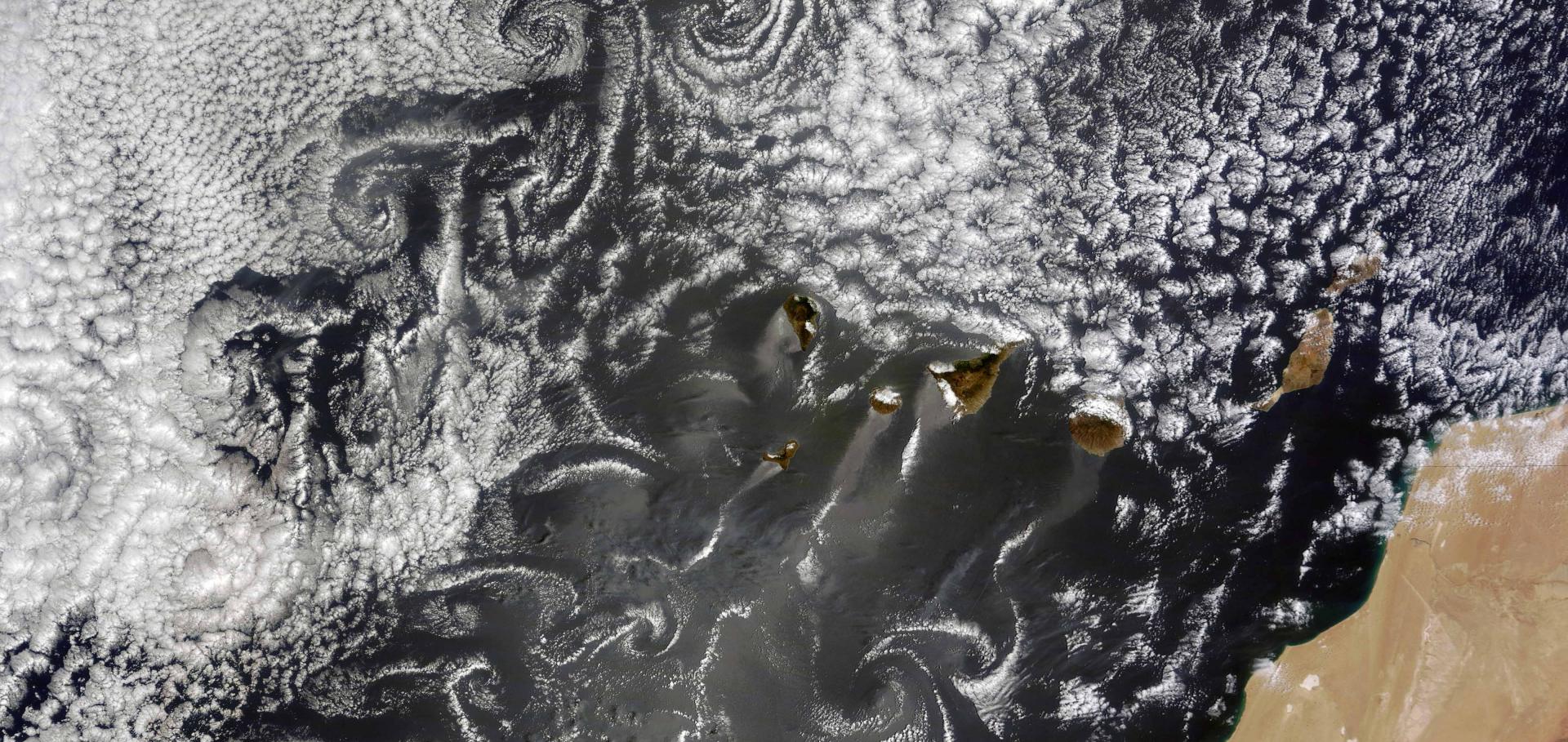An AeroCom initial assessment – optical properties in aerosol component modules of global models
An energetic view on the geographical dependence of the fast aerosol radiative effects on precipitation
Journal of Geophysical Research American Geophysical Union
Analysis and quantification of the diversities of aerosol life cycles within AeroCom
Atmospheric energy budget response to idealized aerosol perturbation in tropical cloud systems
Copernicus GmbH


